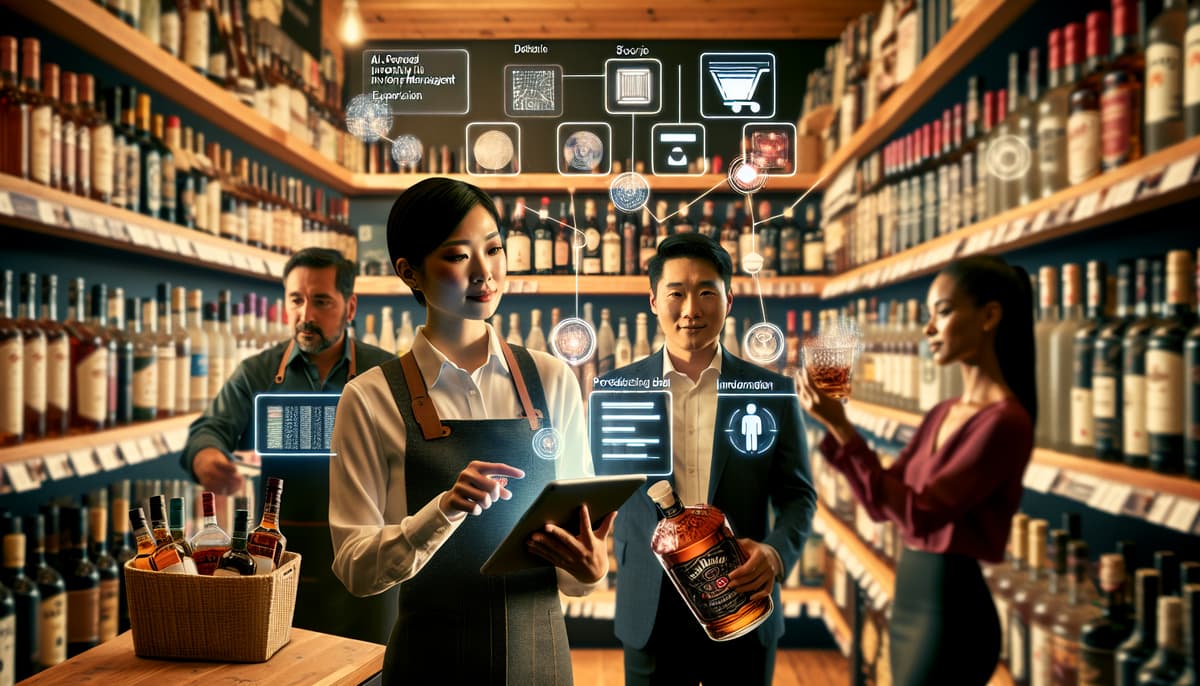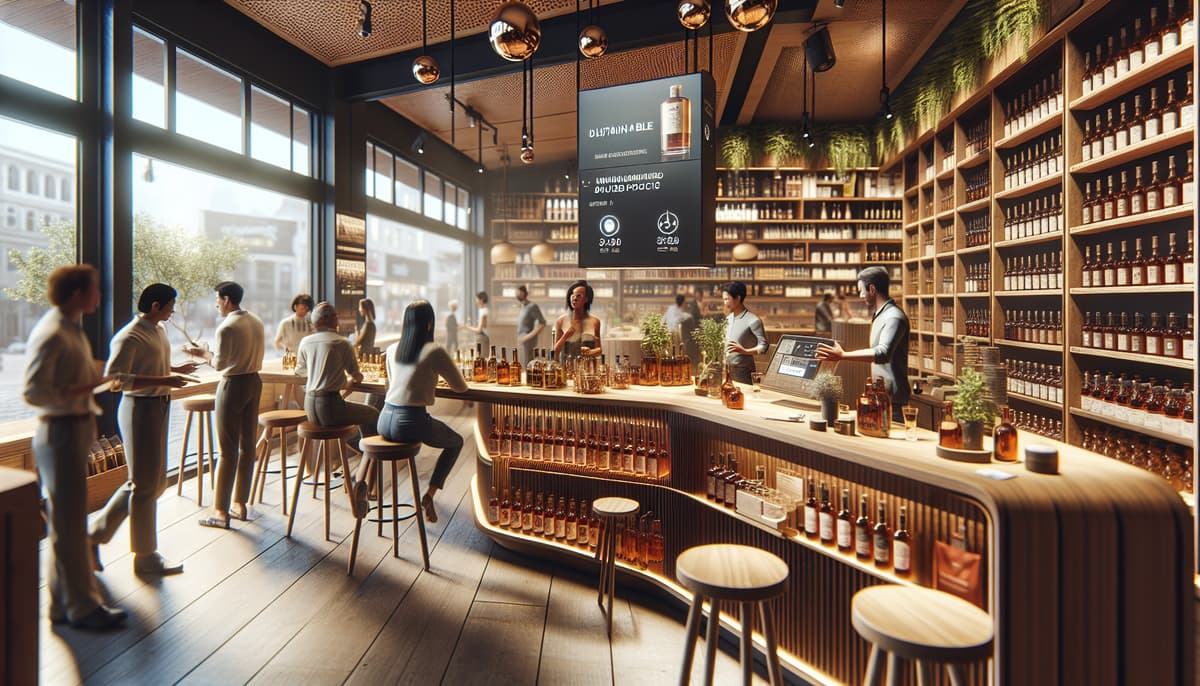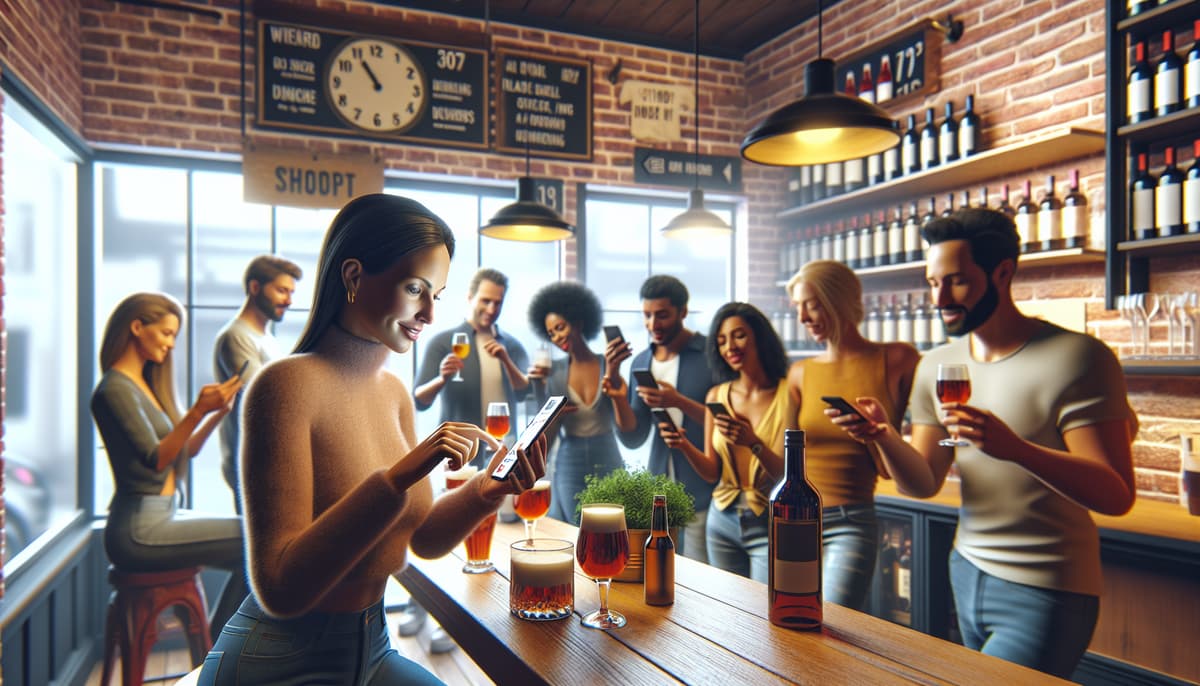In the ever-evolving landscape of retail, the liquor industry has been witnessing a
significant transformation, especially with the advent of technology. Liquor store owners
are increasingly recognizing the potential of liquor delivery apps to enhance customer
experience and drive revenue. If you’re a liquor store owner who either already has or is
considering launching your own branded liquor delivery app, this article will guide you
through the best practices and tips to maximize your Return on Investment (ROI).
1. Seamless User Experience is Paramount
Your liquor delivery app’s success hinges on its user experience. Ensure that the app is
intuitive, easy to navigate, and offers a smooth purchasing process. Customers should
be able to browse through your liquor inventory, place orders, and complete transactions
with minimal friction. Invest in responsive design and intuitive features to keep users
engaged.
2. Personalization and Recommendations
Implement personalized features that recommend products based on users’ past
purchases or preferences. By tailoring recommendations, you can upsell and cross-sell
relevant products, leading to increased average order values and customer satisfaction.
3. User-Friendly Search and Filters
A comprehensive search functionality with filters can greatly enhance the usability of
your app. Customers should be able to quickly find the products they’re looking for,
whether it’s a specific brand, type, or price range.
4. Streamlined Checkout Process
Abandoned carts are a common issue in e-commerce. Simplify the checkout process by
offering various payment options, guest checkouts, and saving user information
securely for future purchases. An efficient checkout process can significantly reduce
cart abandonment rates.
5. Loyalty Programs and Rewards
Implement a loyalty program that rewards repeat customers. Offer discounts, exclusive
deals, or points accumulation for every purchase. This not only incentivizes customers
to choose your app over competitors but also encourages them to make frequent
purchases.
6. Promotions and Special Offers
Regularly feature promotions, discounts, and limited-time offers on your app. These
incentives can attract new users and encourage existing customers to make additional
purchases. Make sure these promotions are prominently displayed on your app’s home
screen.
7. Efficient Order Fulfillment
Timely and accurate order fulfillment is essential for customer satisfaction. Invest in a
robust inventory management system to ensure that products listed on the app are in
stock. Implement efficient delivery processes to meet promised delivery times.
8. Clear Communication
Provide customers with real-time updates about their orders, from order confirmation to
delivery tracking. Effective communication not only reduces anxiety but also enhances
the overall customer experience.
9. Analytics and Data Insights
Integrate analytics tools to track user behavior, purchase patterns, and app
performance. By analyzing this data, you can identify trends, understand customer
preferences, and make informed decisions to optimize your app and marketing
strategies.
10. Marketing and Promotion
Even the best app needs effective marketing to reach your target audience. Utilize a mix
of digital marketing strategies, including social media campaigns, email marketing, and
influencer partnerships. Collaborate with local food delivery apps or services to expand
your reach.
11. Continuous Improvement
Stay proactive in seeking feedback from your customers. Regularly update your app
based on user suggestions and changing market trends. Continuously strive to enhance
the app’s functionality, design, and features.
In conclusion, launching a liquor delivery app can be a game-changer for your liquor
store, provided you follow these best practices and tips. A seamless user experience,
personalization, efficient checkout, loyalty programs, and strategic marketing are all key
components in driving customer engagement and increasing ROI. Remember, in the
dynamic world of e-commerce, staying adaptable and responsive to customer needs is
crucial for long-term success.
Recent Blogs
AI in Retail How Liquor Store Automation Is Transforming Personalization
5 DTC Alcohol Sales Myths Debunked for Ecommerce Success
Hyper-Local Marketing Tips for Liquor Stores That Drive Sales
The Psychology Behind Liquor Store Loyalty and Buyer Behavior
Liquor Store Strategy for Market Adaptation and Consumer Behavior Shifts
Smarter Liquor Marketing with Programmatic Advertising for Higher ROI
Master the Customer Journey for Alcohol Brands with DTC Marketing
Why Liquor Stores Need a Mobile App for Convenience and Growth
Email Marketing Strategies to Boost Customer Retention and Liquor Sales
Boost Customer Retention with Loyalty Programs for Liquor Store Success











